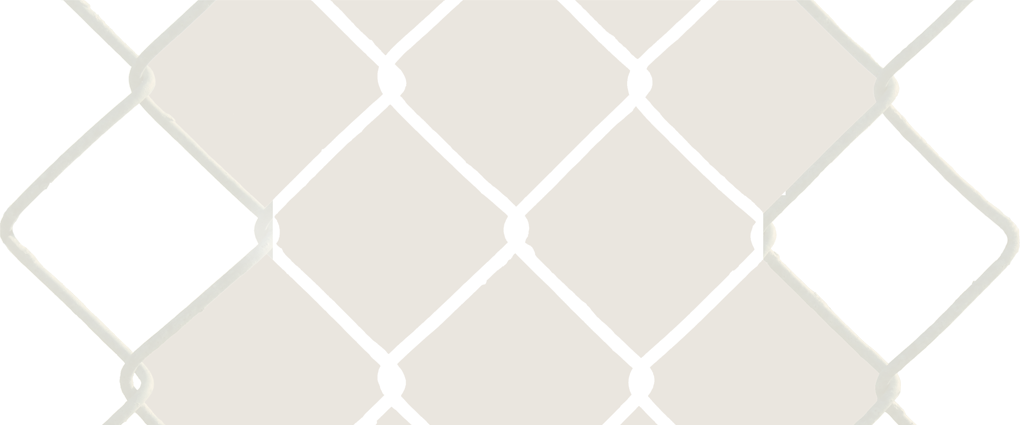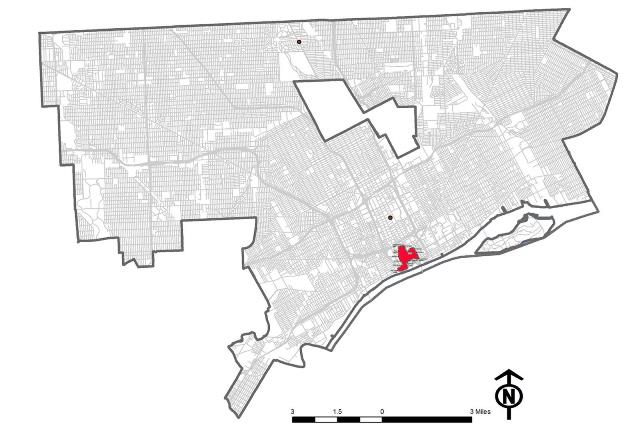 |
image courtesy Nick Tobier |
Is Sesame Street live?
The platform at Grand Circus Park is filled with red Elmo twirly toys that spin.
Around and around, at the hands of a whole lot of little white children holding them.
It’s a short ride—stay on past your stop and you go around and around. Again.
One Elmo pokes me in the eye. Better Elmo than the giant Tiger a block away.
Taking a train line as the spine for an explorer’s journey, rather than a commuter’s daily, Francois Maspero's (1994) Roissy Express winds its way through villages and suburbs along the train line from Charles de Gaulle Airport to Paris. Along a vast suburban distance, the RER line passes through town centers, housing projects and locales that few tourists to central Paris would visit. In Maspero’s prose and photos, each stop is a narrative linked by a voyager who rides the train for the experience of the journey—both on and off the train.
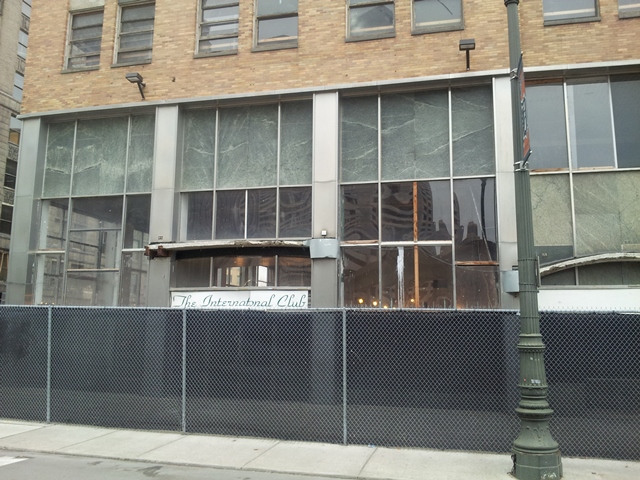 |
image courtesy Nick Tobier |
The journey’s utility is for introspection not transit, through the inspection of geographies and culture. The trip transposes the submerged and often blurry, ordinary lives of commuters into poetic encounters, prompted simply by getting on and off the train.
 |
image courtesy Nick Tobier |
Looking around a city via the train’s trajectory offers passing glimpses of pedestrians that become visible through the window of the train, linking the speed of the train to the speed of thoughts. Grounding these thoughts are the station platforms. I used the People Mover’s elevated platforms as an ideal infrastructure to experience what de Certeau writes of the train journey as a ""bubble of panoptic and classifying power -- somewhere other than a usual destination” (de Certeau. The Practice of Everyday Life: p. 111). I advocate riding the People Mover with such a charge, where the train becomes the central axis that, along with each stop’s ecosystem of buildings, streets and pedestrians, is a source of discovery. In each of these instances in Detroit, the next stop is between 42 seconds and 1 minute away. Round and around a $210 million carousel (Risen. “People Mover in Detroit Seen as Transit Disaster”. Los Angeles Times. 8 December 1985. http://articles.latimes.com/1985-12-08/news/mn-14803_1_detroit-people-mover).
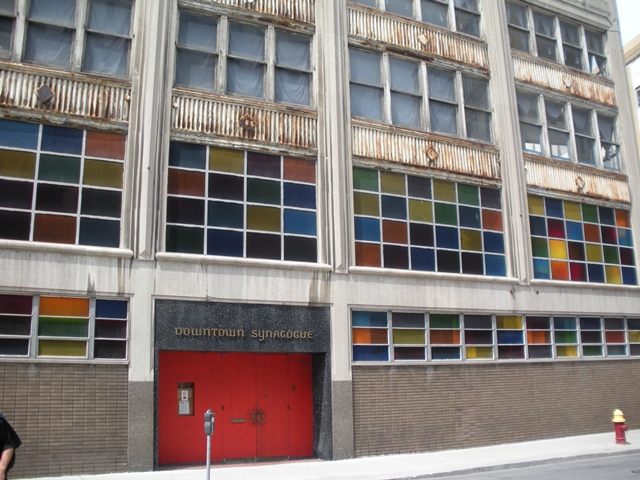 |
image courtesy Nick Tobier |
Sesame Street is surely live today.
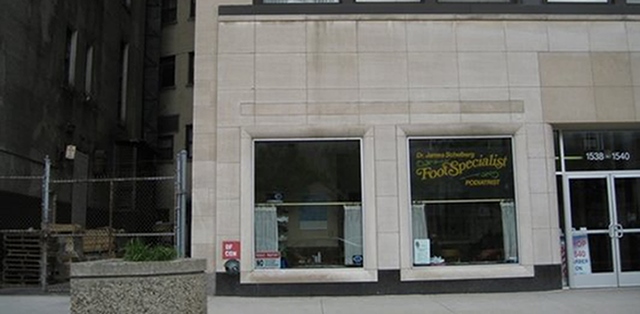 |
image courtesy Nick Tobier |
You can see the Fox Theater from up here—one restored showplace downtown that brings the suburbs to the city to see Elmo do his thing on stage.
In a collection called Transit Maps of the World,
The London Underground is Medusa dense
A tangle of schematic designs making sense of lines from all across the city and their transfer points.
There is Massimo Vignelli’s 1974 NYC transit map, abstracting the transit system from the physical city by losing references to physical landmarks.
Detroit’s rapid transit line, a.k.a. The People Mover, occupies maybe 1/32nd of a page.
For one of the physically largest cities in this compilation?
Detroit’s little loop speaks volumes.
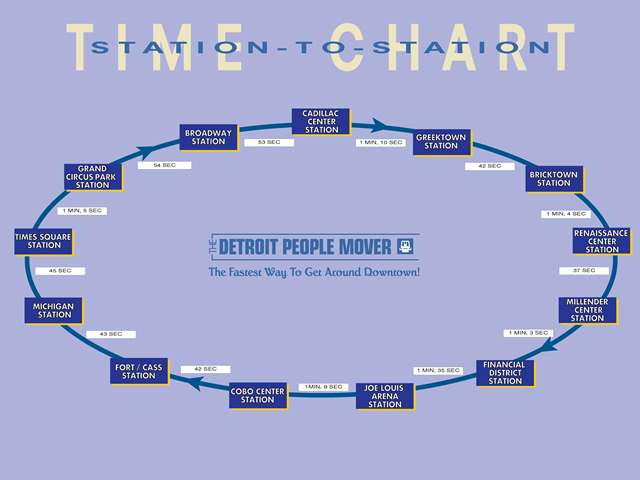
My urban legend recorder says that this small circle was an investment in the downtown of a city still reeling from urban unrest of 1967. For suburbanites who were uncertain of the city, they could park in secure garages and take the train to work at the fortified Renaissance Center without having to touch the ground.
The promise was to start downtown and link to a larger transit network that would serve the greater city.
Still waiting on that.
Easy on. Easy off.
Mall developers call this the dumping strategy.
Get consumers in front of where they see themselves.
Cobo:
For hockey fans,
For visitors to the Detroit auto show.
Greektown:for gamblers, the odd ethnic adventure looking for a long lost pastry at Europa Bakery. Cadillac, the French explorer or the car. Or a parking structure.
But on ordinary weekdays, while the People Mover, is moving….
Not so many People.
Still.
It was the next big thing.
In 1964.
And although we call it the People Mover, most would call this automated, driverless transit car a monorail, that, when not at Disney or between airport terminals, will most likely end up as an asterisk in the archive of urban transport.
In the mid-1970s everyone wanted one. 68 cities wrote the government that they wanted one. 38 wanted one enough to submit full-blown proposals.
Three were completed inJacksonville, Miami and Detroit.
(Is it the same bird that races the train past Joe Louis?
The bird that will always pull ahead and keeps going just as we disappear into the tunnel before Cobo? It looks like fun that bird is having.)
"But.
If we were starting over,
I'd say
'Don't Build it.'"
What do we say now? Can we forgive him, Detroit City Councilman Mel Ravitz in 1985, because he had not seen that bird having fun, when the press called the People Mover a Transit Disaster (Risen. “People Mover in Detroit Seen as Transit Disaster”)
The Train to Nowhere
The Mugger Mover
The Downtown Bobsled Run
Bread and Circus
Is it May 21, 1987?
Is Coleman Young still mayor?
the newspaper headlines, held high in the hands of the man in the suit on the platform at Grand Circus Park say so every day.
That man in the suit never says hello.
Never.
Maybe there’s an ad in there for
Phenomenal Nails by Chiketa or Little Foxes Fine Gifts, or one of the other attractions at the next stop that may or may not be any longer.
Don’t get off just yet…
Because it’s almost 1 p.m. and the sign says they will return at Al Hilal Books and Imports.
Maybe not today either.
“Beware of suspicious people and activity” the sign reads on the platform at Grand Circus Park, where, according to the bronze newspaper held by the stand in for a commuter, apparently, it is always 1987.
Beware of Activity the sign says.
What might happen?
The chain link fences blocking the entry to The International Club on Clifford or the Park Restaurant will soon be rolled up, the bones of their old haunts stripped bare to be built out
for “creative living downtown.”
Maybe later, the one-legged dude in the wheelchair won’t be staring as you read that evacuation of wheelchairs is not possible.
Maybe this next time when the journey becomes a series of tangents, you can follow the blue line down the middle, where Detroit’s rapid transit loop feels most like entertainment and seems to lift off. Maybe with enough velocity, jump the river and go straight to Caesers Casino in Windsor, Canadian lights blinking their greeting.
Soon it will by May 1987 again.
The storefront podiatrist with his corrective shoes in the window will look out onto Washington and wait for bunions and corns to hobble off, take a load off in the politely padded stalls that look like mini confessionals while they wait. Watch the red Elmo figures go around again.
Next Stop: Broadway
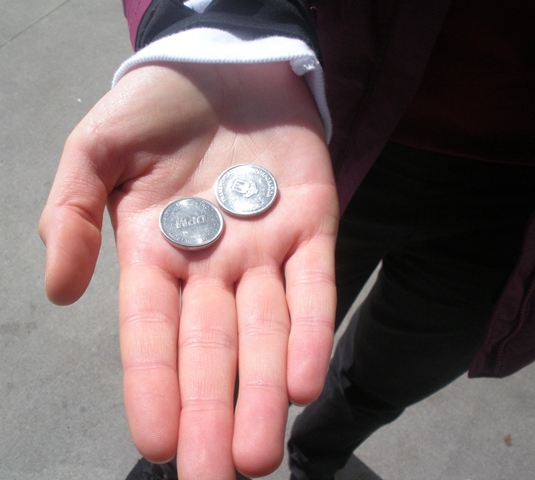 |
image courtesy Nick Tobier |
References
de Certeau, Michel. The Practice of Everyday Life. Translated by Steve Randall. University of California Press: Berkeley, California. 1984
Eisinger, Peter. “The Politics of Bread and Circuses: Building the City for the Visitor Class”. Urban Affairs Review. Issue 35. 2000: p. 316
Maspero, François. Roissy Express: A Journey through the Paris Suburbs. Photographs by Anaïk Frantz. Translated by Paul Jones. London: Verso. 1994
McCarthy, John. “Entertainment Led Regeneration: The Case of Detroit”. Cities. Vol. 19: No. 2. 2002: pp.105-112
Risen, James. “People Mover in Detroit Seen as Transit Disaster”. Los Angeles Times. 8 December 1985. http://articles.latimes.com/1985-12-08/news/mn-14803_1_detroit-people-mover |








